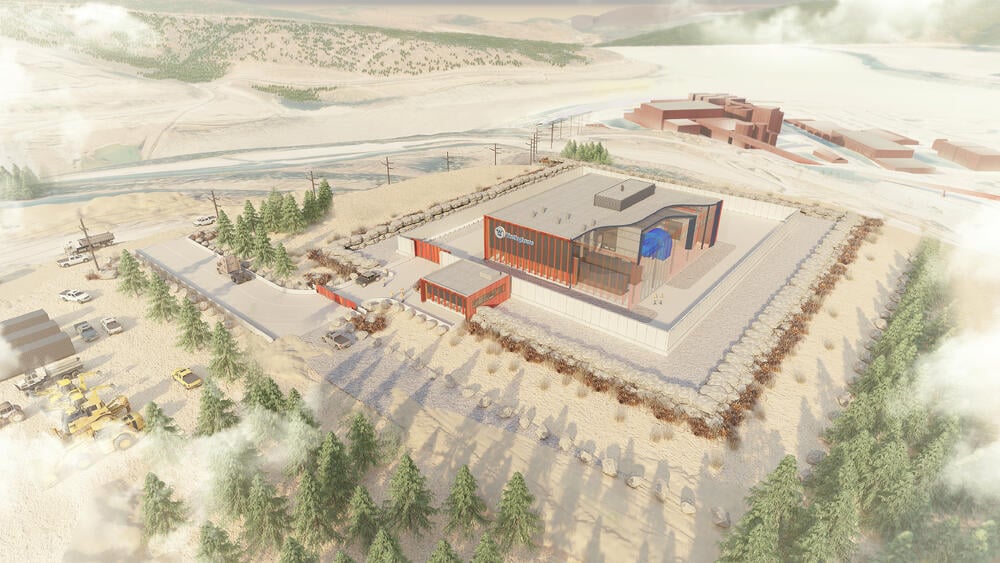
Image: The Westinghouse eVinci microreactor is perfectly suited to provide power in remote locations (courtesy of Westinghouse)
Westinghouse Electric Company has filed a Notice of Intent to submit key licensing reports for its eVinci microreactor to the US Nuclear Regulatory Commission (NRC) and the Canadian Nuclear Safety Commission (CNSC). NRC and CNSC signed a Memorandum of Cooperation in 2019 to facilitate joint technical reviews of advanced nuclear technologies.
The eVinci Microreactor is a next-generation, small battery for decentralised generation markets and micro grids such as remote communities, remote industrial mines, defence facilities and critical infrastructure. It is designed to provide competitive and resilient power and superior reliability with minimal maintenance, while its small size allows for standard transportation methods and rapid, on-site deployment. The reactor core is designed to run for three or more years, eliminating the need for frequent refuelling.
The key benefits of eVinci are attributed to its solid core and advanced heat pipes. The heat pipes enable passive core heat extraction, allowing autonomous operation and inherent load following capabilities. This makes eVinci a pseudo “solid-state” reactor with minimal moving parts. It is designed to provide approximately 5 MWe for eight years without refuelling and will be factory built and assembled before being shipped in a container to any location.
Westinghouse said the report topics for joint review include a common set of key requirements for the classification of systems, structures and components for the eVinci microreactor. This will enable deployment of a standard design in both the US and Canada. Other topics include defining the necessary transportation requirements for shipment of the microreactor across the border, and factory safety testing and inspection programmes.
During 2022, the Westinghouse eVinci microreactor team submitted 24 technical white papers to NRC. The first two topical reports for formal NRC review were delivered ahead of schedule in December. The topical reports are created to gain early NRC approval on critical aspects of the technology and design.